Mexico is one of the greatest biodiversity hotspots in the world, a so-called megadiverse country. You can find over 1,100 species of birds there and it is the country with the second highest number of mammal species in the world. It also comes in fourth for amphibians and has more reptiles than any other country in the world. Some 730 species are known to exist in Mexico, but with much of its terrain still unknown, many more species are due for discovery.
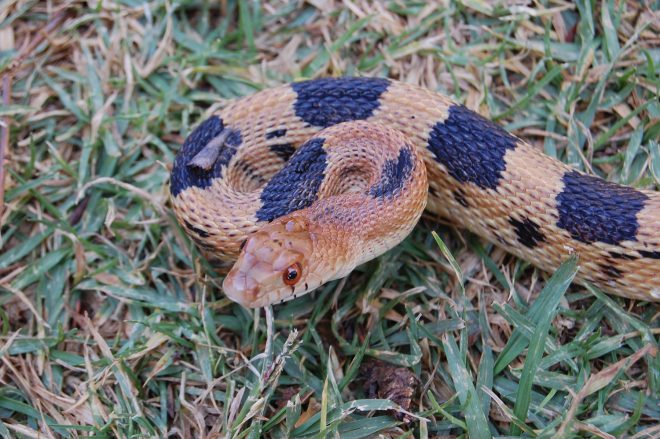
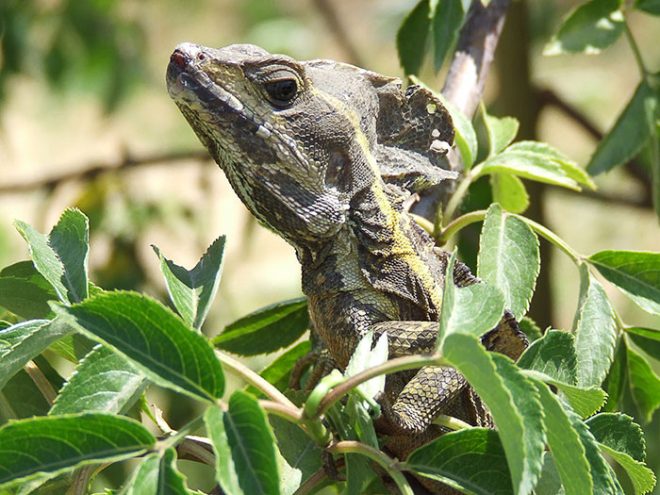
I have worked in Mexico since 2010, spending more than two and a half years in Puebla, Veracruz, Morelos and Oaxaca working on various projects. However, my main interest has always been the study of the herptiles (reptiles and amphibians) and lepidoptera (moths and butterflies). Since starting my work, several interesting discoveries have been made. From new species and the rediscovery of a species that was thought to be extinct, to new records for several states or updates on checklists, these discoveries have all been important in developing our greater understanding of Mexico’s herptiles. Our 2015 expedition proved to be one of the best.
After a long and hot journey to San Andrés Cholula, I was warmly welcomed by friends and colleagues and work began right away. We have been monitoring the herptiles in four different areas since we started our field work in Mexico: San Juan Tzicatlacoyatle, a semi-desert with a beautiful but small canyon; the cloud forest Cuetzalan, a ‘magical’ Mayan site in the north east of Puebla State; the Izta-Popo Zoquiapan, a beautiful volcanic area 4,000m above sea level; and the hills of Tepoztlan. Species lists are extended every year, but sadly some species have been taken off lists over the last two years, owing to apparent local extinctions.
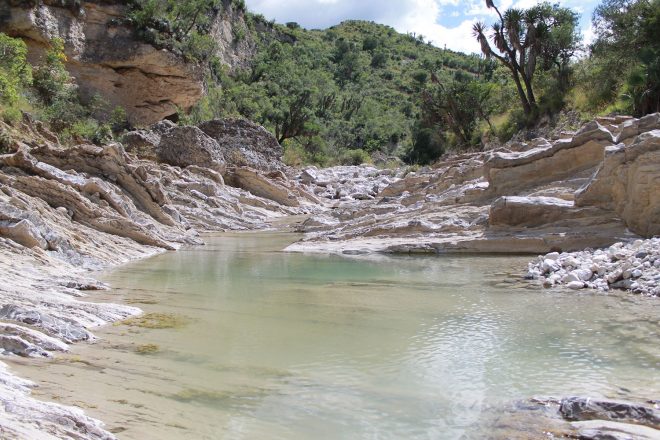
A close friend, Julio Morales, and I set off to Cuetzalan to spend a few days in the forest collecting and recording species. During the day we went out looking for reptiles and amphibians, and at night we ran several light traps to catch insects. On our second day we found several snake species we have never seen in this area or at all and found one additional frog species. After four nights we had collected more than 2,000 moths, many of which we have never encountered before, and had a fantastic time surrounded by old ruined pyramids hidden in the forest. Owing to Mexico’s past and present situation, working in many of these areas is simply not possible or remains very difficult. On the other hand, if an area has been considered too dangerous for people to visit, it has meant the wildlife has had time to recover and spread.
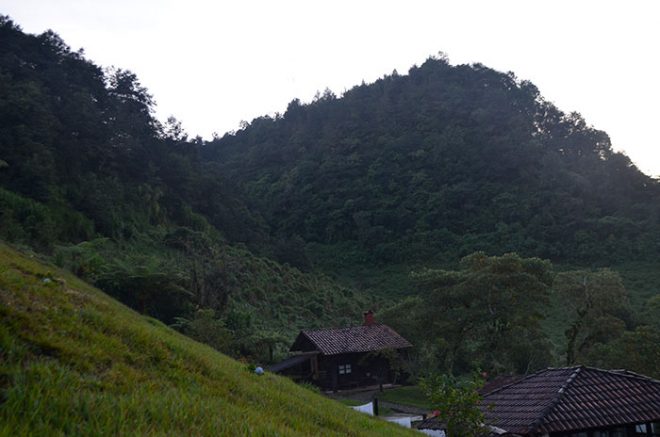
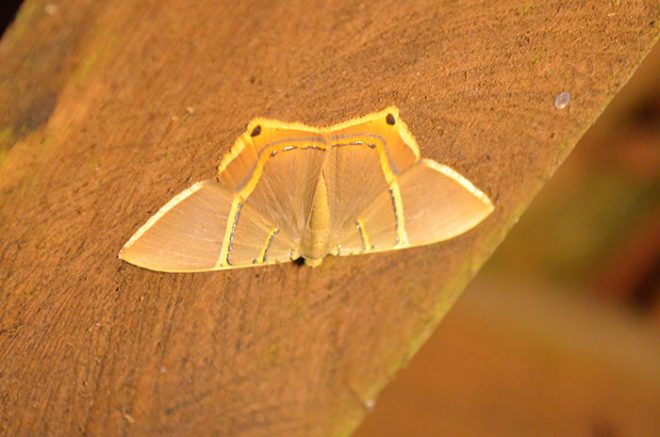
The days usually begin with large toads waking us up by trying to find their way through our equipment, or with thousands of insects suddenly deciding to call at the first sign of the sun. On the way to the shower (a small hut away from our sleeping area), we encountered the first snakes. Some, like Conopsis, or centipede-eating snakes like Tantilla, were often the first we came across. These snakes can get active with much less sun than many other species, going on the hunt much earlier so that they can hide later when others start to appear.
Rhinella marina, a toad of up to 1.5kg in weight, is a rather large example of Mexico’s amphibians, while many frogs of the genus Crausgastor are hardly visible due to their small size and camouflage.
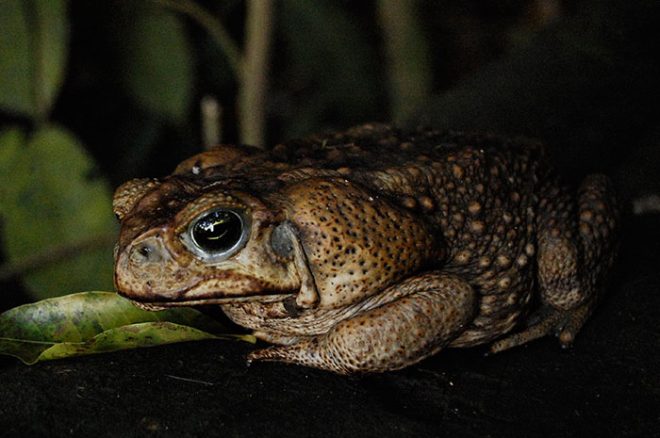
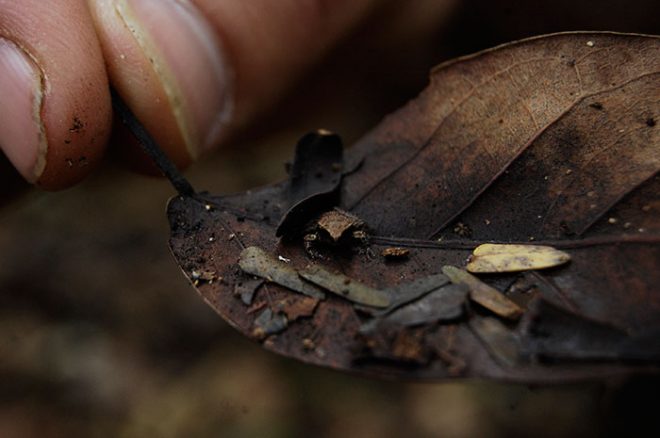
Since I started working in Mexico we have been able to record more than 200 species of reptiles and amphibians, and many hundreds of specimens have been brought back to the National Museums Scotland research collections. Many species have never been documented or collected before, and almost certainly many are still unknown to science. Together with the data recorded by colleagues from the Research Institute Senckenberg, Germany, this new information will help us to understand the fauna of much of the country and can inform targeted conservation projects. A major book on these reptiles and amphibians is already in progress and we are sure to find new records in the future.
